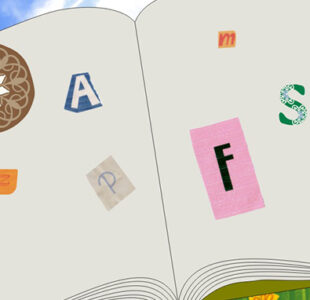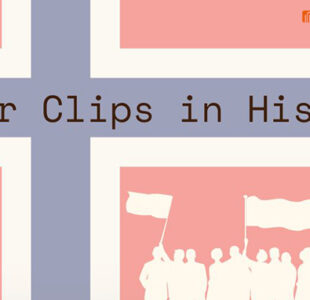- No Comment
Fun little bits about paper clips you never knew!
Paperclips may be used for everything from a practical business utility to a bored child’s pastime. Unsurprisingly, they are so common in offices and desks everywhere. Knowing a bit more about the origin and applicability of paper clips over recent history should help explain why we have a National Day. Every year on May 29th, National Paperclip Day honors a little but useful invention. And yep, even the paperclip gets its own holiday. The holiday honors the well-known bent wire that holds our documents together and keeps us organized among many uses of a paper clip.
Because of the overwhelming amount of patent ideas that restricted folks from adopting the more widespread and recognized current paper clip curl, there were many distinct designs for paper clips at first. As a result, several paper clip styles claimed that among many uses of a paper clip, they were able to hold “a dense set of papers,” “take less space in files,” or “need less mail” since they weighed less than competitors’ paper clips.
Kyle MacDonald started his blog on July 12, 2005, with the objective of exchanging a single red paper clip for many other products until he could buy a house through trade. The 14th and last exchange were conducted on July 12, 2006, when the town of Kipling, Saskatchewan, gave MacDonald his home and a key to the town. A fish enclosure, a Coleman stove, and an evening with Alice Cooper were among the items surrendered for that one single red paper clip that he started with.
Among all these interesting stories, there are several other fun facts that transcend the typical uses of a paper clip:
- From 1896 through the 1950s, several designs and versions of the current paper clip were created.
- Paper clips were examined for their usage in 1958. Paper clips were utilized as toothpicks, fingernails and ear cleaners, closures for stockings, undergarments and shirts, necktie clasps, markers and chips in games, chains, and juvenile weaponry, according to the poll results surveying all uses of a paper clip.
- Following World War II, Norwegians donned paper clips to oppose the Nazi occupation.
- The longest paper clip, constructed of iron and measuring 7 meters long and weighing 602 kg, was presented in Oslo, Norway in 1989.
- In 2010, Americans purchased 11 million paper clips. That equates to around 35 clips for each individual in the country. Everyone was baffled at this discovery as to what possible other uses of a paper clip can compel such a huge number of users.
- Early Office Museum has found and cataloged 65 distinct varieties of paper clips on its website. The clips range in style, shape, and size from the initial invention in 1867 through the Vee-Clip, which was first commercialized in 1966, to an unnamed Serbian clip from 2008.
- The paper clip’s design is frequently seen as contemporary, attractive, and simple, while also being utilitarian. It has been so successful that the icon for attaching a file to an e-mail is a paperclip. And the most important question is, can you recall the handy paper clip in MS Word?
- Vaaler’s paper clip was commemorated on a postcard printed in 1999. His German “Patenschrift” is seen in the backdrop.
- Paper clips may be twisted into a primitive, but occasionally useful, lock-picking method. Some handcuffs may be unlocked using paper clips. There are two options. The first is to unfurl the paper clip in a linear fashion and then bend the tip at a right angle to simulate a key and raise the lock fixator. The second method is to employ the partially unfolded clip bent for lifting whenever the clip is put through to the slot in which the handcuffs are fastened. This method is more practicable but requires some skill.
Even if you do not have many uses of a paper clip, you will still love these facts, they are a good icebreaker if nothing else.
Related Posts

5 Stories about Paper Clips that will…
Have you ever given thought to how frequently we take paper clips

Paperclips in History: The Norwegian Resistance Movement
During World War 2, Nazi Germany conquered Norway, and the country's populace
